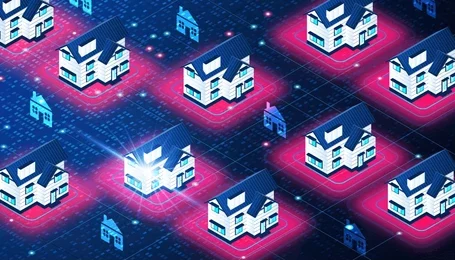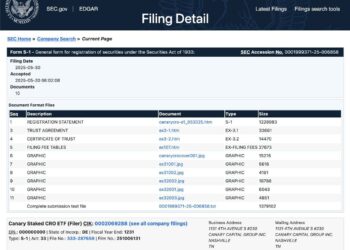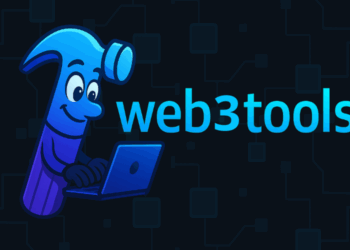The global crypto market currently faces several uncertainties – Bitcoin’s price has stagnated at below the $100k mark, the wait for an altseason continues and there is a flood of new tokens and memecoins.
Amidst this, Real World Asset (RWA) tokenization is being seen by investors as an attractive, stable, yield-generating alternative investment.
What is it?
Real World Asset (RWA) tokenization is the process of leveraging blockchain technology to transform financial products and tangible assets, such as real estate and dairy farms, into digital tokens, increasing investor accessibility and expanding trading opportunities.
RWA tokenization gaining momentum in 2025
Alexander Loktev, chief revenue officer at P2P.org believes that 2025 might be the year that we witness new all-time highs for onchain RWAs.
“With BlackRock and JPMorgan’s growing involvement in tokenization, I believe we could hit $50 billion in TVL,” he added.
Marcin Kazmierczak, co-founder and CEO of RedStone believes that while BTC’s price movement is unstable, RWA’s are an avenue of increasing institutional adoption and developing blockchain infrastructure in traditional finance.
Thus as RWAs surpass a cumulative all-time high of $17.1 billion across 82,000 asset holders in early February, experts believe Real World Asset Tokenization may emerge as one of crypto’s leading narratives of 2025
Case in Point: Qubetics’ successful Presale
An indication of increasing investor interest in RWAs can be seen in the waves being made by the Qubetics ($TICS) presale. With over 18,000 holders, the project has raised over $12 million and analysts predict that by the end of the presale, $TICS could hit $0.25, delivering a 274.70% ROI.
This project is resonating with investors largely on the basis of its solving a real-world problem – complexity of asset tokenization. Qubetics’ Real World Asset Tokenization Marketplace bridges the gap between traditional industries and blockchain, making it easier to tokenize and trade.
RWAs as a Bridge between TradFi and DeFi
Traditional finance institutions are starting to view tokenized assets as a serious bridge to DeFi. Driven by institutions seeking digital assets with predictable yields, RWAs also democratize investor access and enhance liquidity.
Despite fears that RWA tokenization in DeFi could disrupt traditional finance, it is important to remember that tokenization addresses inefficiencies in traditional finance, offering an alternative rather than a threat.
For Defi-focused blockchains like Cronos, as an X user in our recent CroFam Speaks article highlighted, integrating real-world assets into the crypto space can bring in new practical solutions and unlock exciting opportunities


















